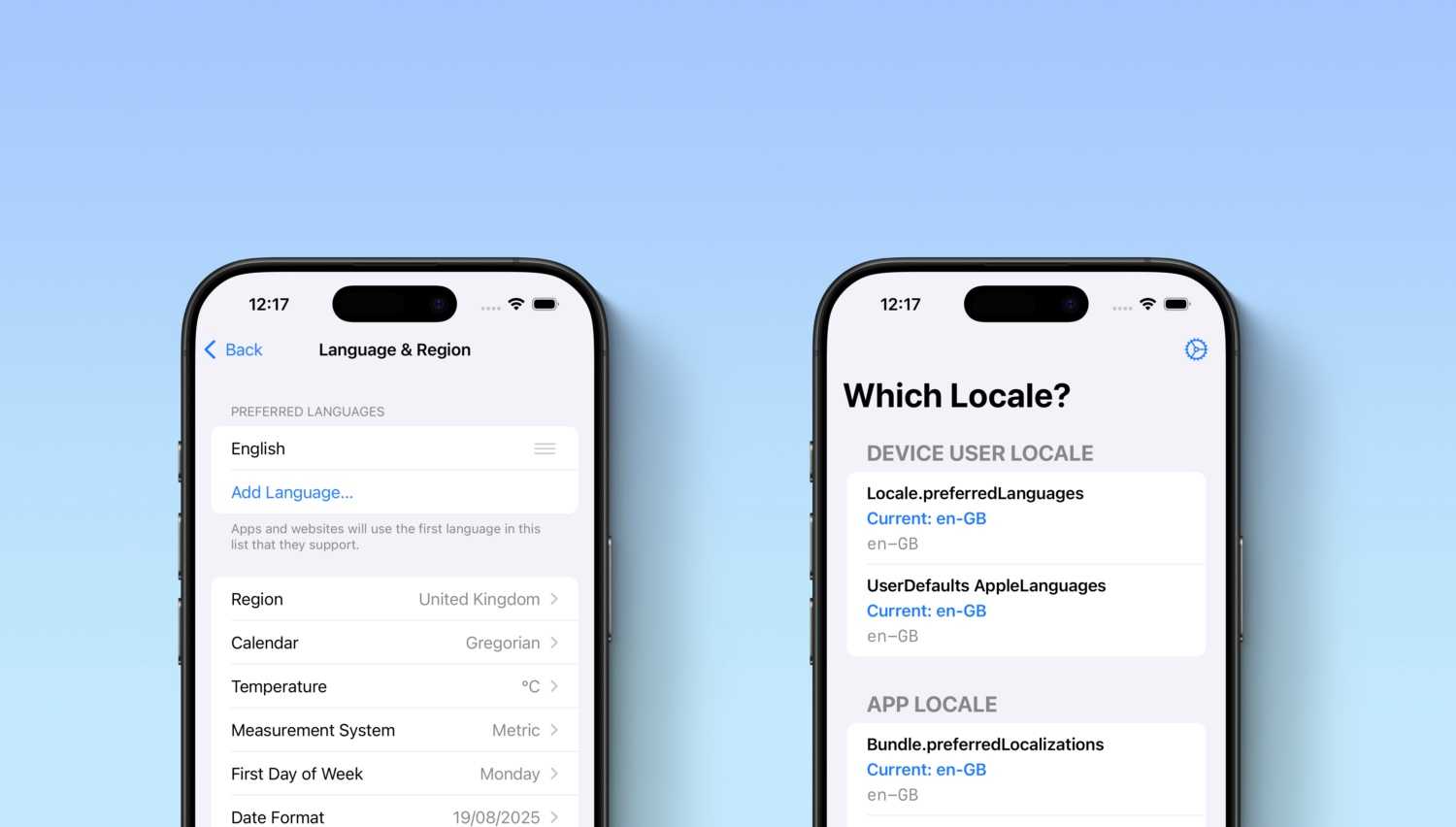At lastminute.com group we care a lot about our code design and its clarity. Today we are going to talk a bit about a design smell often called primitive obsession, and a related technique that can help you improve the code quality.
Primitive obsession
We’ll use the following Java class as the basis of the discussion:
class Book {
private String isbn;
private String title;
private int year;
}ISBN is the international standard for book identifier - basically, it is a globally unique ID assigned to the book.
Notice how we are using the String and int types for the various properties of the class. This can be a bit of a code smell. Let us discuss why.
Imagine you have this method:
interface BookRepository {
Optional<Book> findByIsbn(String isbn);
}Again, notice that we are using strings for the ISBN. This means that you can write bugged code like this:
bookRepository.findByIsbn(someBook.getTitle());This is obviously wrong, and you probably have a test that will catch this, but we can do better. In particular, wouldn’t it be great if the compiler could help? After all, we already rely on the compiler to help us avoid silly mistakes like that - if your method takes a Book, you cannot pass an Author to it. So why are we relying so much on strings and ints?
A possible improvement would be to do something like this:
class Isbn { private String value; }
class Year { private int value; }
class Book {
private Isbn isbn;
private Title title;
private Year year;
class Title { private String value; }
}
interface BookRepository {
Optional<Book> findByIsbn(Isbn isbn);
}What is the benefit of this? Well, for starters, the bug we had earlier cannot happen anymore:
bookRepository.findByIsbn(someBook.getTitle()); // compilation errorThis is a big win - the compiler will do the error checking for us, and help us avoid subtle mistakes.
Notice that we made our tiny wrapper classes immutable, which is generally a good thing, not last because immutable objects are always thread-safe.
Another benefit is that now we have a good place to put our validation rules: the constructor of these tiny classes. For example, the constructor of Year might want to check that it is a positive value, and the constructor or Isbn might check the format. These are checks that previously we would probably have placed in the Book class, but they fit better in these small classes.
Furthermore, since we now have proper classes, we can add methods to them - code that we previously might have implemented as static functions in some Util class, can now be moved to standard member functions:
// Before
public class IsbnUtils {
public static void checkIsbn(String isbn) { /* ... */ }
public static String getRegistrationGroup(String isbn) { /* ... */}
}
// After
public class Isbn {
private String value;
public Isbn(String value) {
checkIsbn(value);
}
public String getRegistrationGroup() { /* ... */ }
/* ... */
}Also note that these tiny objects are value classes - objects which identity does not really matter, because they are immutable and their state cannot change. Thus, in modern version of Java you would and should create them as record:
record Isbn(String value) { /* methods */ }
record Year(int value) {}
record Book(
Isbn isbn,
Title title,
Year year)
{
record Title(String value) {}
}Take a look at the JEP 395 or at some explanation by Brian Goetz if you aren’t very familiar with records.
Overhead and comparison with other languages
Java and Kotlin
Of course, there is a bit of overhead in doing this on the JVM (each object instance has some bytes in overhead - and rather than having one instance of Book and two of String, you are adding three new objects), but more often than not the tradeoff is worth it. In general, having a cleaner design helps you with maintainability, and that is very often far more important than performances - you generally are I/O bound anyway. Furthermore, with project Valhalla, value classes like these will become a lot more efficient on the JVM - although using that in production is still some years away 😉.
However, if you are on the JVM but are using Kotlin (and if you aren’t using it - why not?!), you can already use value classes with the annotation @JvmInline:
@JvmInline
value class Isbn(val title: String)This class would actually exist only at compile time, but the compiled bytecode would have a String field in the Book class, and the Isbn class would completely disappear. So, you get all the compile time benefits, but you avoid the runtime overhead. Win-win!
The downside here is that, if you were using the Book class from Java, you would actually see the String field - therefore, the generally great interoperability between Java and Kotlin would break a bit. But, if you are using only Kotlin in your project, this is a great pattern to use. It will make your code cleaner and safer!
We are using this pattern in many of our services, where we use are often using Kotlin, and it has had a really beneficial effect.
C++ and .NET
If you are using C++, this is a common pattern - and again, it comes without any memory overhead. The wrapper type (generally modelled as struct) would have the same memory layout as the wrapped data type:
struct Isbn {
std::string value;
}
// stored in memory in the same way as the underlying stringIn general, you will use this with a constructor marked as explict to avoid any silent conversion by the compiler.
If you are on .NET, you have had struct for ages, and at a memory level they work similarly to C++. Again, you can avoid the overhead.
Rust
This pattern is so common in Rust that it has a name: the newtype pattern.
struct Year(i32);The memory layout of this type is the same as the underlying i32 type, so 4 bytes. If you tried to use it incorrectly, like this:
fn has_y2k_bug(year: Year) -> bool {
year.0 == 2000
}
fn main() {
println!("y2k(1999) = {}", has_y2k_bug(1999));
println!("y2k(2000) = {}", has_y2k_bug(Year(2000)));
}you would get this fantastic error message from the compiler:
error[E0308]: mismatched types
--> src/main.rs:8:44
|
8 | println!("y2k(1999) = {}", has_y2k_bug(1999));
| ----------- ^^^^ expected struct `Year`, found integer
| |
| arguments to this function are incorrect
|
note: function defined here
--> src/main.rs:3:4
|
3 | fn has_y2k_bug(year: Year) -> bool {
| ^^^^^^^^^^^ ----------
help: try wrapping the expression in `Year`
|
8 | println!("y2k(1999) = {}", has_y2k_bug(Year(1999)));
| +++++ +
For more information about this error, try `rustc --explain E0308`.It even tells you how to fix your code! How cool is that? 🚀
Further reading
- here is a good article that focuses on this smell and on value objects
- ndepend has a good and long article
- refactoring.guru has a very high-level explanation, but with a lot of links to related code smells and improvement techniques, so it could be good for exploration.






